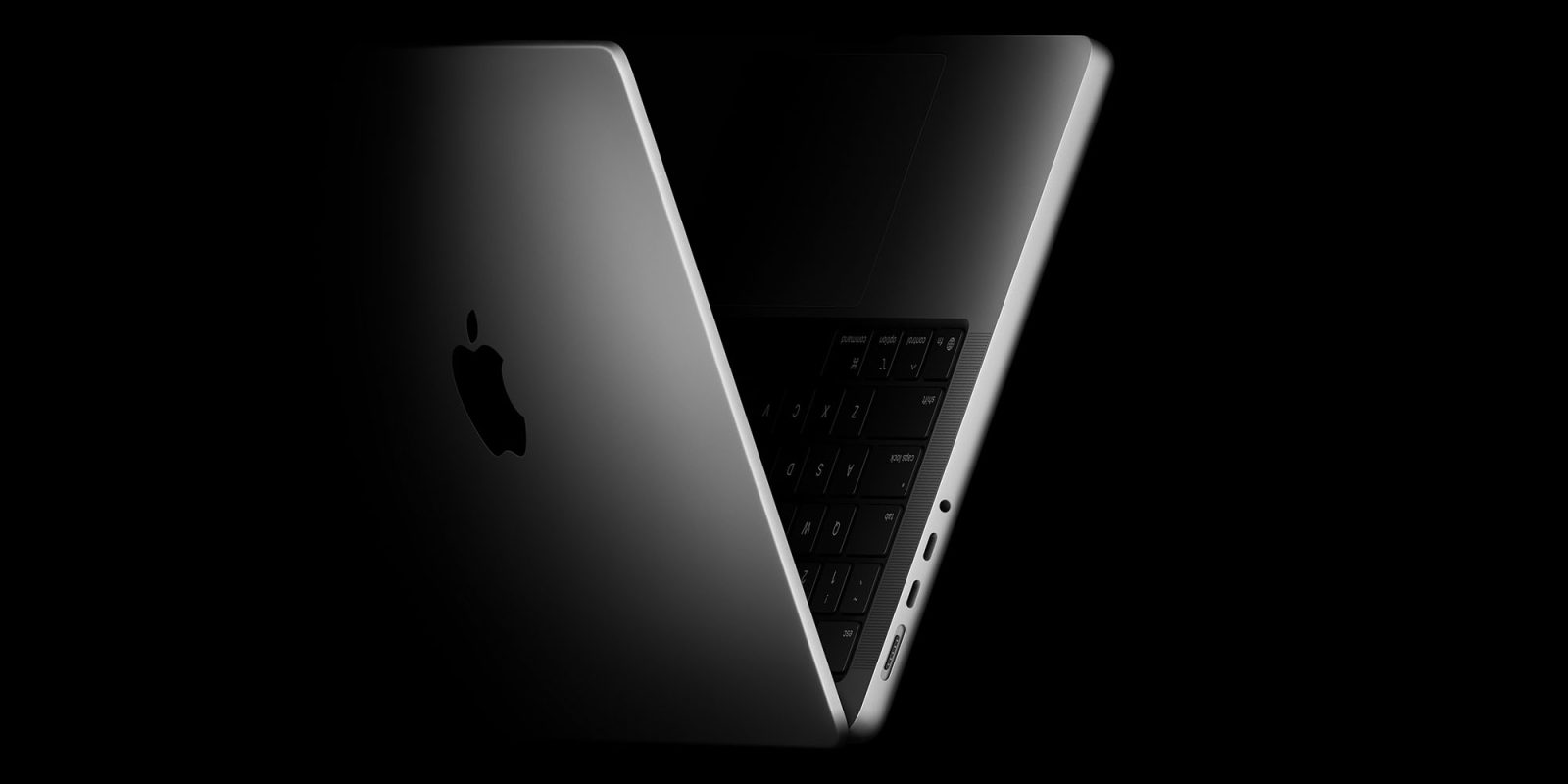Apple’s latest M5 MacBook Pro has hit the shelves, and early reviews are in. While the device maintains the high standards expected of Apple’s professional laptops, the updates are more evolutionary than revolutionary.
The M5 Chip: Core of the Update
The standout feature of the new MacBook Pro is its M5 chip. Built on an advanced 3nm process, the M5 boasts upgraded performance cores, a rearchitected GPU with neural accelerators, enhanced shader cores, and next-generation ray tracing capabilities. Memory bandwidth has been increased, and disk read/write speeds have doubled.
Jason Snell from Six Colors notes:
> The M5 CPU core appears to be a little less than 9% faster than the M4, which still makes it Apple’s fastest core ever. On multi-core performance, the M5 MacBook Pro was about 19% faster than an M4 MacBook Air. And on GPU performance, the M5 scored about 37% better than an M4 MacBook Air with the same number of GPU cores.
These improvements suggest that users upgrading from older models will experience noticeable performance gains, particularly in multi-core and GPU-intensive tasks.
AI and Neural Processing Enhancements
A significant advancement in the M5 chip is the integration of Neural Accelerators within its 10 GPU cores. This design aims to boost performance for applications leveraging AI tasks. Antonio G. Di Benedetto from The Verge highlights:
> The M5’s new Neural Accelerators on its 10 GPU cores are the biggest change to the chip’s architecture. They’re designed to give a bigger boost in performance to apps that hit the GPU for AI tasks, with Apple promising a 3.5x speed improvement over the M4 when it comes to AI tasks.
This enhancement is particularly beneficial for professionals working with AI-driven applications, such as video upscaling and audio processing.
Power Efficiency and Battery Life
Despite the performance enhancements, the M5 MacBook Pro maintains commendable power efficiency. The advanced 3nm process contributes to reduced power consumption, ensuring that battery life remains robust even under intensive workloads.
Design and Other Features
Physically, the M5 MacBook Pro retains the design language of its predecessor. The familiar chassis, display, and port selection remain unchanged. This continuity ensures compatibility with existing accessories and peripherals but may disappoint users anticipating a design refresh.
Conclusion
The M5 MacBook Pro stands as a testament to Apple’s commitment to incremental innovation. While it doesn’t introduce groundbreaking changes, the enhancements in processing power, AI capabilities, and efficiency make it a worthy consideration for professionals seeking a reliable and powerful laptop. However, those expecting a major overhaul may need to wait for future iterations.



